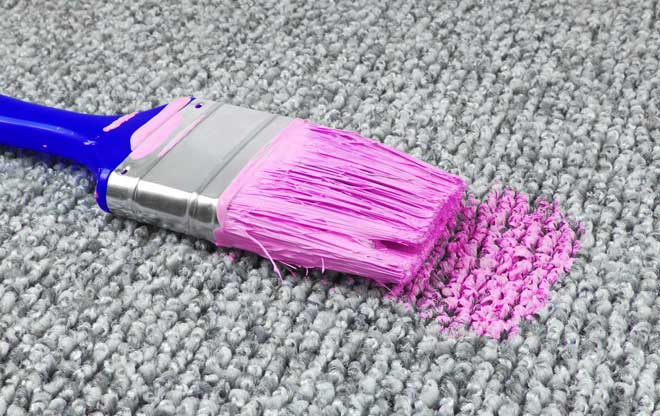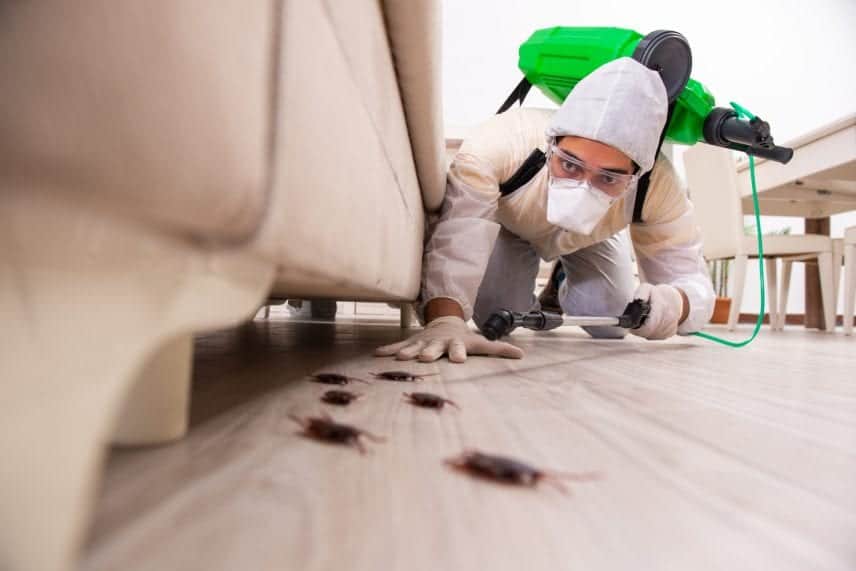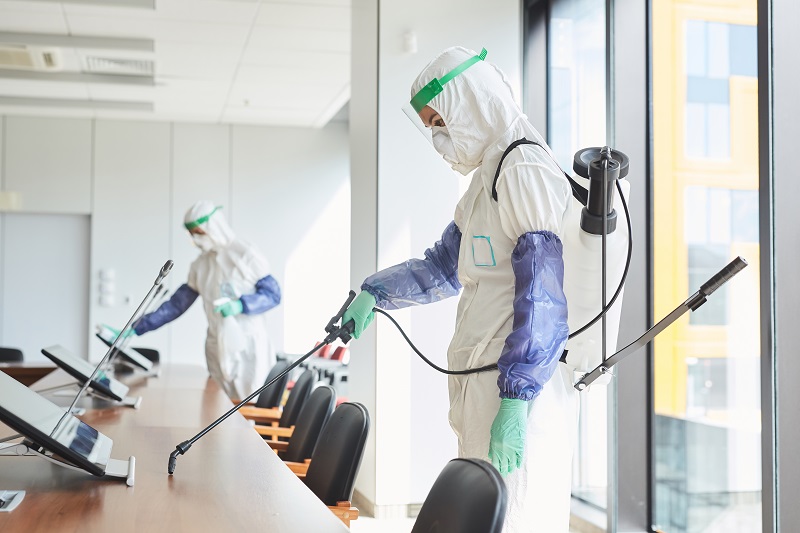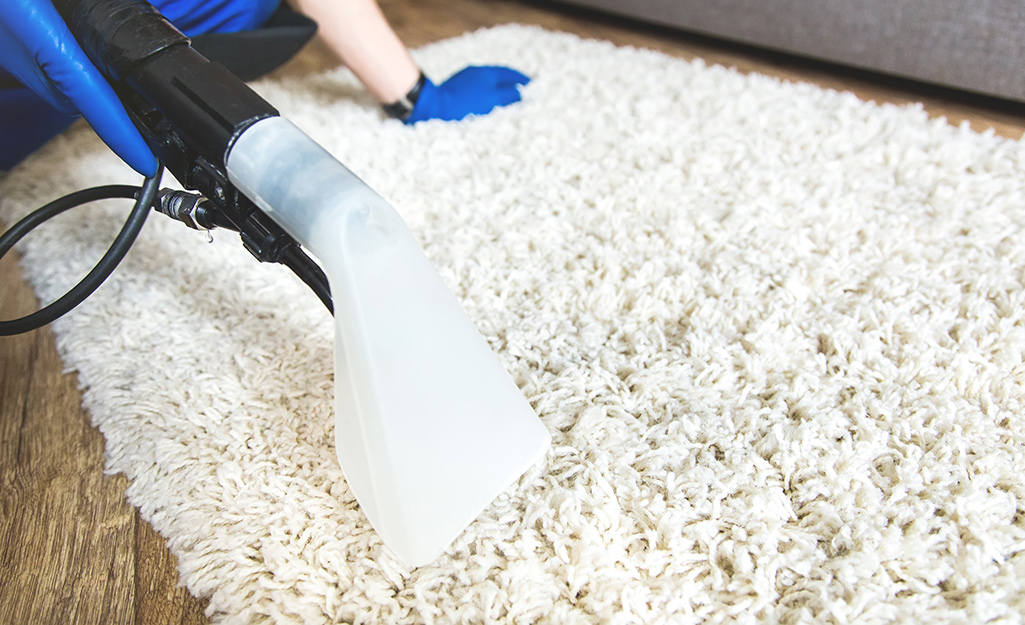05 October 2024
A Guide to Proper Disposal of Cleaning Chemicals
Products such as cleaning products, detergents, disinfectants, and other hazardous products are some of the most commonly abused materials, and they can be very lethal to the environment and the whole human race if not appropriately controlled. This guide explains how to safely clean up and dispose of ordinary household cleaners, hazardous materials, and refuse.
Know What You Have
The first procedure is, therefore, to accurately determine the cleaning chemicals and/or any other hazardous wastes that need to be disposed of. Read the actual labels for the active ingredients, precautions, and any warning information that contains more information on disposal.
Common cleaning chemical ingredients requiring unique disposal methods include:
Detergents that include sodium hypochlorite as an active ingredient
Maalox: Sodium Hydroxide Contains: Drain cleaners
Ammonia-based cleaners
Toilet bowl and drain cleaners – acid content
Oven cleaners with lye or sodium hydroxide
Fluorescent light bulbs are composed of contents such as mercury.
If it contains any words like caustic, toxic, flammable, or corrosive, be sure to recognize that this is something that needs special care while handling it.

Dispose of Liquids Properly
For any cleaning liquids, the disposal method is as follows:
Household hazardous waste collection: Another way is to find out when your local municipality has a particular pickup for household dangerous wastes. This makes it possible to dispose of liquid substances that are toxic, flammable, or reactive in the process.
Improper disposal of household hazardous wastes: If available in your area, these are special centers where dangerous household liquids are accepted for disposal throughout the year.
Hazardous liquids for sanitary sewer disposal – For any water-soluble liquid like bleach ammonia-based cleaners, dilute the material in water and then let the solution trickle down a household drain. However, this dilution method is the only form of treatment that should be applied to non-hazardous waste.
Absorb with absorbent materials – For oil-based liquids such as furniture polish, paint thinner, or oven cleaner, the liquid should be absorbed by cat litter or powdered lime and then disposed of as trash.
Recycle it by disposing of Containers and packaging.
The containers that hold cleaning products also require careful disposal depending on the contents:
Recycle accepted containers – some of the containers made of plastics that have contained non-hazardous cleaning solutions can be recycled provided they are free of contents, cleaned, and dried.
Regular trash – Operating the aerosol cans under pressure, use up the entire contents of the can, and allow the remainder of the propellant to evaporate before cratering and discarding in the trash.
Proper handling of dangerous product containers – If any of the containers housed products such as the corrosive, inflammable or toxic nature then there is a need to seek direction from the local hazardous waste authority. This generally stores the enclosed container until the following collection of household hazardous waste.
Finally, the proper disposal of cleaning chemical containers that contain different masses depends on the determination of whether or not they are clean. Dispose mass is an environmental or health hazard. If, in any case, you are unclear on what can or cannot go into the recycle bin, it is advisable to contact the local waste management officials.
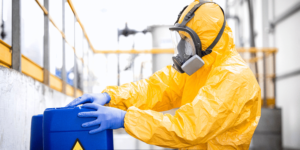
Be a Conscientious Consumer
The simplest way to avoid or at least minimize hazardous cleaning chemical disposal is not to use these chemicals at home.
Some tips include:
Selecting plant-based multi-surface cleaners rather than using chemical-based cleaners
Deciding to use cleaning tools such as the microfiber cloths in reducing dependence on chemicals for cleaning purposes
Using only the cleaner necessary so that you do not have it in your home for longer than 6-12 months.
Making more thoughtful purchasing decisions means that there are less leftover cleaning products that will only require further particular disposal in the future. For the needs that may demand high or particular cleaning substances, buy quantities that can be used up as soon as possible.
Correct Disposal of Cleaning Chemical and Other Household Hazardous Waste
Eco-friendly disposal of cleaning materials, their containers and other chemical wastes benefits both the environment and man. If your municipality is unique, you have to learn how to identify your hazardous wastes and to create a system to contain them; moreover, departments have to participate in dangerous wastes collection events as much as possible.
Conscientious purchasing and the correct approach to disposal practice minimize the generation of hazardous waste in general amount. While it might be a small task in each home to dispose of the household cleaning chemicals properly when enhanced on a community basis the other effects are worth protecting ecosystems and families from.



